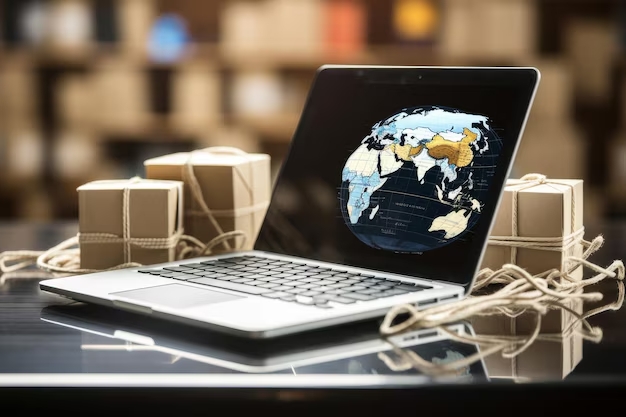How Modern Technologies Are Changing the Ways of Planning and Delivering Goods Worldwide


Let’s start with a familiar scenario. You’ve got containers sitting at port, a driver stuck in traffic two cities away, and three clients asking why their orders are delayed. Again. Sound familiar? That’s logistics without the right tech.
Now—imagine having full visibility on every load. Knowing where your driver is (not just “out for delivery”), getting automatic alerts when delays happen, and having reroutes done before the customer calls to complain. That’s what modern technology is slowly—but surely—bringing to the table.
Planning, Then vs Now
A decade ago, route planning was half guesswork, half experience. You’d throw in some buffer time, hope for no construction, and manually enter orders into outdated systems that didn’t talk to each other. Efficient? Not really. Predictable? Only until the weather turned or a truck broke down.
Fast forward to today — planning's gone digital, dynamic, and just a little bit smarter.
Now we’ve got:
- AI-based routing tools that adapt in real time
- Predictive analytics to spot issues before they snowball
- Connected platforms that bring dispatchers, drivers, and customers onto the same page
It’s not perfect — but it’s a whole lot better than spreadsheets and crossed fingers.
Delivery in 2025: Less mystery, more control
Let’s be honest, customers expect Amazon-level precision from everyone now. Two-hour windows. Live tracking. Proactive notifications. The bar has moved — and if your system can’t deliver that level of transparency, someone else’s will. Thanks to modern tech, here’s what’s changing on the delivery side:
- Telematics + GPS = pinpoint accuracy on ETAs
- Smart sensors = real-time cargo condition monitoring (yes, you’ll know when the temperature in the reefer drops 3 degrees)
- Mobile apps for drivers = instant proof of delivery, issue reporting, and fewer paperwork headaches
And for those coordinating international shipments? Blockchain’s creeping in, offering more secure documentation flows. No more "who signed this and where is it now" games.
How It Feels in Real Life: A Quick Story
One mid-sized carrier we worked with had a recurring nightmare: half their orders were arriving late, mostly because routes were being assigned manually with little visibility into traffic or warehouse capacity.
They brought in a planning platform with real-time traffic integration and automated load assignments.
Within two months:
- Missed ETAs dropped by 40%
- Idle time at warehouses was down
- Customer complaints? Cut in half
And no, it wasn’t a six-figure tech investment. Just the right system — set up well.
So What’s Driving the Change?
Honestly? A perfect storm:
- Driver shortages
- Rising costs
- Customer expectations growing faster than delivery capacity
- Global disruptions (pandemics, strikes, natural disasters — take your pick)
Technology isn’t fixing everything, but it’s finally giving logistics teams the tools to respond faster, make better calls, and sleep a little easier at night.
A Few Tools Making a Real Difference Right Now
No fluff — here are the tech categories that are genuinely shifting how freight is planned and delivered:
- TMS platforms that integrate with ERP, telematics, and carrier networks
- AI-based route optimization (not just “shortest path” — we’re talking smart routing)
- Real-time tracking tools customers can actually see
- Services for smart virtual loading of vehicles
- Warehouse automation to align picking/packing with inbound delivery windows
- Predictive analytics (e.g. flagging a likely delay before it becomes a big one)
The kicker? Most of these tools don’t require a massive IT overhaul. Cloud-based, API-friendly platforms are designed to layer in — not rip and replace everything.
It’s Not About the Tech. It’s About the Timing
At the end of the day, it’s not about chasing the latest tool. It’s about choosing the right ones, at the right time, for the right parts of your operation. Because technology doesn’t magically fix bad processes.
But it can turn good teams into great ones — when it’s used to remove the guesswork, smooth out the chaos, and get everyone (driver to dispatcher to customer) on the same page. And in a world where one delayed truck can set off a chain reaction of missed deadlines and angry emails — that’s a big deal.

